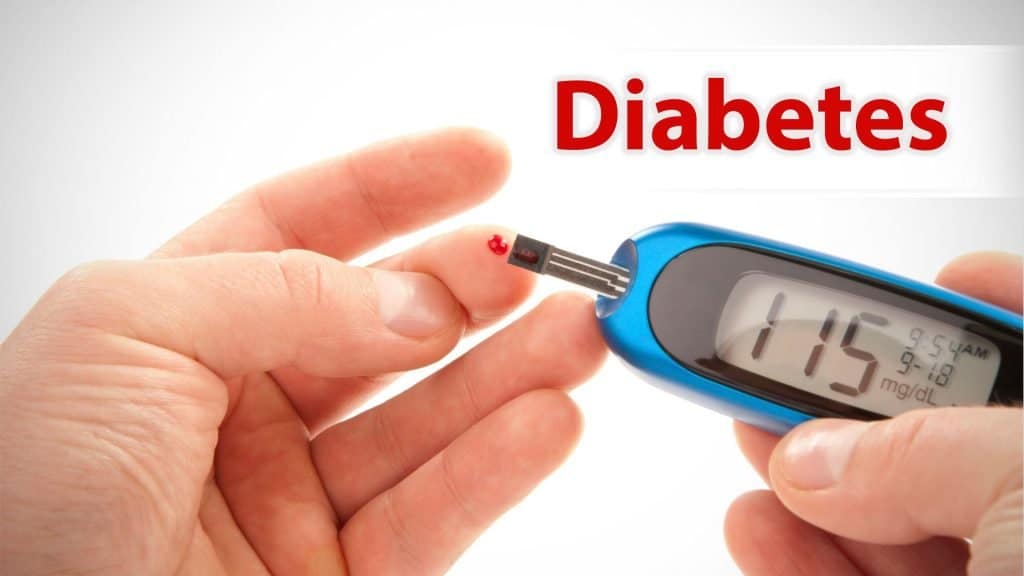Diabetes and what you need to know about it

Diabetes is a complex metabolic disorder that is characterized by an increase in your blood sugar level/glucose level.
It can be defined as “Diabetes mellitus refers to a group of metabolic disorders that result from an inability to produce and/or reduced insulin sensitivity. “
Blood glucose is our main source of energy and comes from the food we eat. Insulin utilizes the sugar. This insulin is simply a hormone made by the pancreas that helps glucose from food get into different types of cells and these cells are used for energy. Sometimes your body doesn’t make enough—or any—insulin or doesn’t use insulin well. Glucose then stays in your blood and doesn’t reach your cells.
So in brief, we can say Our body produces a hormone called insulin. Insulin helps to regulate the glucose that we obtain from the food we take and distribute it into our cells. If insulin fails to regulate the glucose level, it results in diabetes. we called this type of diabetes is also as Metabolic diabetes. Let’s know more about Diabetes and what you need to know about it.
Classification of Diabetes
Diabetes simply can be classified into the following types
- Diabetes Type I
- Diabetes Type II (most common)
- Gestational diabetes
- Prediabetes
Type I Diabetes and Types
If you have type 1 diabetes, your body does not make insulin. Due to different reasons the immune system attacks and destroys the cells in your pancreas that make insulin. So it is also known as juvenile diabetes. This type of diabetes or type I diabetes is usually diagnosed in children and young adults.
It can also appear at any age. In the case of type I diabetes, they need to take insulin so this type of diabetes also called insulin-dependent diabetes mellitus. It is characterized by the loss or destruction of insulin-producing beta cells of the pancreatic islets leading to insulin deficiency.
Two Types of Type I Diabetes are there which are classified as below.
- IA: when the destruction is immune-mediated.
- IB: When the cause is unknown.
Type II diabetes:
- Type II is the most common type of diabetes. In the case of type II diabetes, your body does not make adequate insulin or the body is not using the insulin well. This means that Condition in which cells fail to respond to insulin properly or loss of insulin sensitivity
- Type II diabetes can occur at any age, even during childhood. However, this type of diabetes occurs most often in middle-aged and older people.
- This form of diabetes is previously referred to as “non–insulin–dependent diabetes mellitus”. Or” adult-onset diabetes”.
- The most common cause is excessive weight and not enough exercise
Gestational diabetes:
- It is a main form and occurs when pregnant women without a previous history of diabetes develop high blood sugar levels. The sugar level is seen as high during the pregnancy period. This sugar level may become normal after the birth of the child.
Prediabetes:
- This means that your blood sugar is higher than normal but not high enough to be called diabetes. Having prediabetes puts you at a higher risk of getting type 2 diabetes.
Most Common Risk factors of diabetes:
- Sedentary lifestyle
- Diet
- Family history
- Inactivity
- Age
- Obesity
- High blood pressure
What are the symptoms of type 2 diabetes?
symptoms of type 2 diabetes and can be according to the different systems in our body.
type 2 diabetes symptoms are listed as follows: warning signs of type 2 diabetes
Central:
- Polydipsia (increased thirst)
- Polyphagia (increased hunger)
- Lethargy
- Support
Eyes:
- Blurred vision
- Systemic
- Weight loss
- Gastric
- Nausea
- Vomiting
- Abdominal pain
- Breath
- Smell of acetone
Urinary:
- Polyuria (increased urination)
- Glycosuria
Complications of diabetes:
Over time, high level of blood glucose leads to problems with many different conditions some most common are listed as
- heart disease
- stroke
- kidney disease
- eye problems
- dental disease
- nerve damage
- foot problems
One of the Best Way To Prevent Heart Disease is to control diabetes
Medically we can specify the most common complications as follows:
- Retinopathy (blindness/blurred vision)
- Nephropathy (kidney problem)
- Feet ulceration and/or amputation
- Hypertension(high blood pressure)
- Hyperlipidemia (high cholesterol level)
- Erectile Dysfunction
- Heart failure
Teenage complaints about Parents | Transition of Child & Parents role in Adolescence
References:
- Tatsuya Hayashi, Jorgen F. P. Wojtaszewski, Laurie J. Goodyear. Exercise regulation of glucose transport in skeletal muscle. American Journal of Physiology – Endocrinology and Metabolism.1 December 1997 Vol. 273 no. 6, E1039-E1051 DOI:
- Roy D, Marette A. Exercise induces the translocation of GLUT4 to transverse tubules from an intracellular pool in rat skeletal muscle. Biochem Biophys Res Commun. 1996 Jun 5;223(1):147-52
- ACSM’s Guideline for Exercise Testing and Prescription; 8th Edition
AUTHOR OF THIS ARTICLE –>Diva KC, physiotherapist

